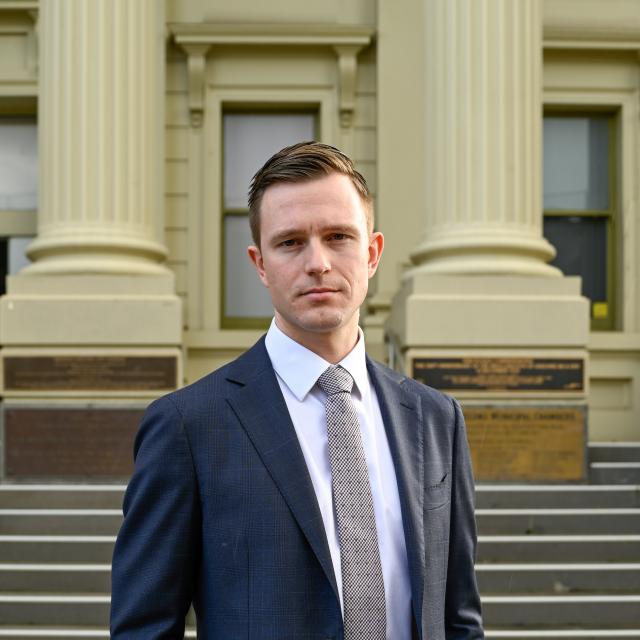Regional migration is on the rise.
The combination of affordability, lifestyle, and a growing range of services on par with our capital cities is convincing more and more people to make the change.
Over the 12 months to March this year, Victoria attracted the largest share of metropolitan residents moving to regional areas.
More people left a city capital to call regional Victoria home (43 per cent) than all other states and territories, bar New South Wales, combined.
Geelong is at the forefront of this shift, which accelerated during the pandemic but shows no signs of slowing.
This social and economic boom has seen Geelong add the most jobs in larger regional Australia cities over the past three years.
Health care and social assistance, construction, professional and scientific services led the way in growing our jobs base by an average of 5.3 per cent per annum over this period.
This explosion has seen our population increase to about 280,000 people.
However, the trend of people moving to the regions – and especially Geelong – will only continue.
Within 20 years, we are forecast to top the major milestone of 400,000.
Managing this growth, and its associated impacts, is a challenge for all levels of government.
The jobs, the health services, transport network, childcare and education facilities, recreation and cultural experiences – there is so much to consider.
But the first question people ask before considering moving somewhere is – where will I live? It always starts with, and comes back to, housing.
Council’s long-term Settlement Strategy aims to accommodate our coming growth through an even mix of greenfield development and urban infill.
The Armstrong Creek area is about one-third of its way to its potential population of 60,000.
After that, expansion in the next two decades will be directed to the Northern and Western Geelong Growth Areas.
Alongside this, there are many opportunities to create additional housing in existing suburbs.
Central Geelong is a major focus. The CBD will be a more vibrant and active area if more residents call it home.
Directing more medium and higher density housing stock around existing train stations is also a strategic aim.
We understand building controls will need to be in line with community expectations for their neighbourhood.
But having a higher concentration of people living close to public transport will limit traffic congestion, and provide more diversity in our housing market.
The addition of more apartments will be important for housing affordability, creating more entry points for people to purchase their own property.
Through consultation with local authorities and the community, we want to ensure a suitable mix of housing is available for existing and incoming residents.







